‘Lockdowns’ and us: Let the experts handle this crisis
By Chula Goonasekera
We are in another lockdown. The current death rate due to COVID is a reflection of what happened two weeks ago and hence the death rate is likely to rise even during this lockdown period and the effects of the lockdown may not be apparent for another four weeks. It should be realised that the people are already paying a heavy price for the mistakes made, not just ours but governments in other countries. However, the important thing is to learn from the mistakes and improve as we go on, to get rid of this deadly virus.
National ‘Lockdowns’ impose a change of behaviour needed to achieve an objective. In a war situation, military ‘lockdowns’ prevent the enemy engaging in activities that can damage the nation. This includes roadblocks, curfews, surveillance, crowd control, arrests, lockups, punishments etc. We have seen this during the war and also now during the pandemic. The objective of a ‘lockdown’ in this pandemic is to minimise the spread of the virus and implement a weaning strategy to avoid a return to the same ‘lockdown’ once again.
We are a small country with 21 million people. We can be united and the pandemic managed a lot easier when compared to other counties. USA has 330M, India 1300M and China 1400M. Maintaining family links to support each other is essential in the form of ‘defined’ bubbles to maintain sanity in a civilised nation. Weddings and funerals are important events of our life and these have to be carried out and can be done within the rules of preventing the spread of the COVID-19 virus. In the UK, Prime Minister Boris Johnson had his wedding and the funeral of Prince Philip, Duke of Edinburgh was held during the peak of the pandemic with no spectators and adhering to every rule that was in place. Why cannot we be more humane in Sri Lanka?
The COVID pandemic is a health care emergency. Many other countries implemented ‘lockdowns’ for control of the spread of the virus. None of the Governments got the strategy perfectly right but they learnt from the mistakes and increasingly adhered to scientific directions to prevent the spread of the disease and return to normal life patterns without disrupting the cultural needs of the population or subjecting them to undue distress. The expenses required were revolved around obtaining government loans. For people in countries such as Brazil, the presidential stubbornness made them pay dearly with the loss of life which has now turned to a massive anti-government campaign.
Science had to be at the forefront as none of the administrators or politicians had any previous experience of a pandemic. These are ‘civilian’ lockdowns. The purpose was mainly to prevent health facilities from becoming overwhelmed and to maintain the ‘status quo’ until ‘herd immunity’ was developed, by infection or immunisation. For example, in the UK, new hospital facilities were developed with military assistance to accommodate more cases if the existing hospital system became overcrowded. Many hospitals stopped routine work, redeployed staff, and converted their operating theatres and recovery areas to ICUs.
Unfortunately, our leaders interpreted ‘lockdowns’ as a solution not realising this was applied in the developed world not to close down activities but to prevent the health care system from getting overwhelmed by too many sick people.
The UK government, for example, did all it can to maintain other activities, complying with the restrictions required to prevent spread of the virus. As advised by the scientific group, the use of masks indoors, regular handwashing, minimal nose and mouth touching and 2 metres social distancing was implemented in all institutions. Schools were kept open for children of essential workers to attend with minimal staff whilst others engaged in development and execution of online education. Examination formats were changed to ensure that the country will be on track to maintain educational goals such as university entry.
All workers too had to work from home where possible and national transport facilities were available with socially distanced rules applied to minimise contact. In other words, some seats were blocked and hence public transport services carried a lesser number of passengers. Since the number of commuters reduced due to ‘working from home’ where possible, public transport could easily cope with the need.
Mass gatherings were not allowed anywhere. Masks were not required outdoors as there was no evidence to support significant virus spread outdoors. The role of police was mostly advisory to maintain ‘social distancing’ rules. The number of people who could attend weddings, religious ceremonies and funerals was restricted to a few, but none were cancelled. The military was called to help civilian needs such as development of new health care facilities and mass testing campaign.
Implementing a lockdown is simple but coming out of it maintaining the original objective of ‘preventing spread of the virus’ is difficult. This is where there was a need for expert advice not based on wishful thinking but based on daily data and predictions models. In order for prediction models to be accurate, there was a need for accurate data, which is lacking. This is why Sri Lanka is facing great difficulty, economically, as ‘lockdowns’ reduced productivity with no mechanism in place to keep it going. The UK never had curfews or stop work instructions given to anyone. Instead, how can we work from home, safely, was the motive.
It is not late for Sri Lanka to allow civilian expert leadership to take over and let them redeploy health care staff as they always did for health care campaigns, assisted by the military if necessary to do specific jobs. Enhance mechanisms for accurate data collections, invite professionals to develop prediction models based on crucial data that is helpful to predict the evolution of the pandemic. Military style lockdown will only exacerbate the economic shutdown, as they would not know how to manage weaning off from the lockdown based on daily health data and measures of herd immunity.
Let us start by at least calculating the R factor (daily or weekly) for every region. R is the number of people that one infected person will pass on a virus to, on average. R factor above 1.0 is not very good as one infectious individual is infecting more than one. If the R factor is less than 1.0 for a particular region, then relaxing prevention restrictions can be considered very carefully. R factor should be published weekly with a set of recommendations. This is important as this is also a public health education exercise. More and more people will start listening and abiding by COVID prevention rules with time. We together have to look after the nation and not punish them at this difficult time for all.
For this scientific strategy to work, there is a need to collect true data and publish it openly with a set of recommendations to the Government by the Director-General of Health Services. The government will then be able to make its own judgment balancing other needs. A democratically elected government should also have democratic governance throughout its term of office and not just expect that to have been only operational at their own election.
Crowds are the main spreading events. Although the democratic right exists for protests even within the pandemic, such protest leaders should consider postponing such events until the infectious environment has subsided.
The COVID pandemic is a health care emergency and not a military emergency. Please hand over the leadership of handling this matter to the Director-General of Health Services (DHS) and his department who has engaged in preventive medicine practice for donkey's years. Let the DHS invite relevant ‘brains’ and the ‘boots’ to carry out tasks not by force but by public education and understanding. Public engagement on preventive measures and developing herd immunity by immunisation are the only two hopeful tools that will let us come out of this dreadful pandemic with minimal cost of life and economic damage.
(The writer is a former Professor of Anaesthesiology, University of Peradeniya)
-
Still No Comments Posted.



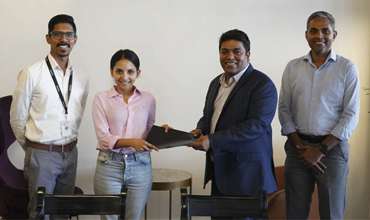
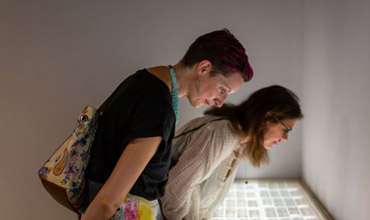
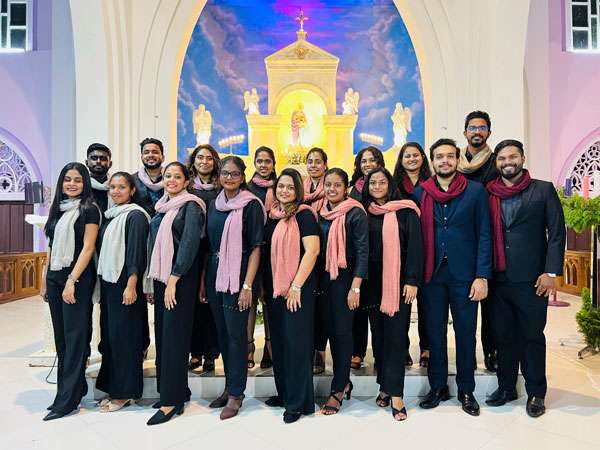
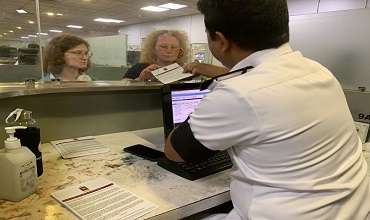

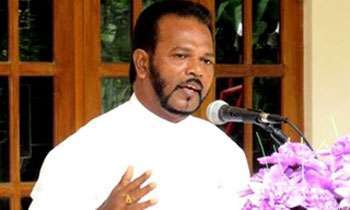

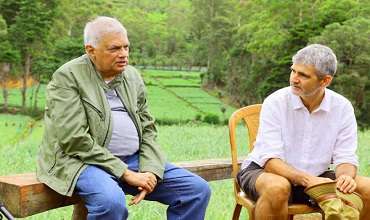
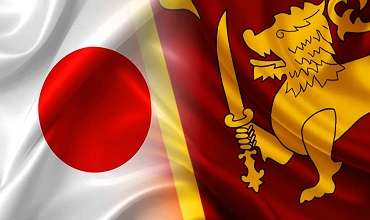
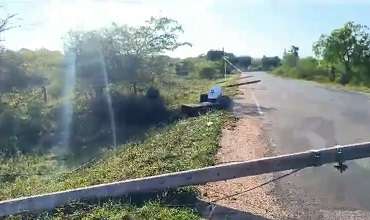

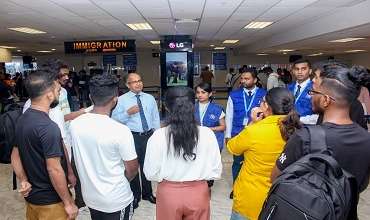
Leave Comments